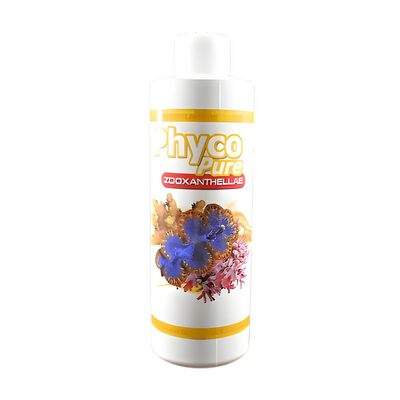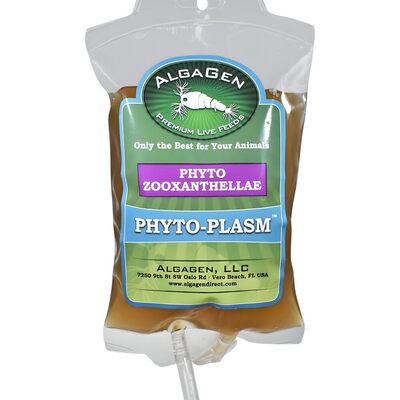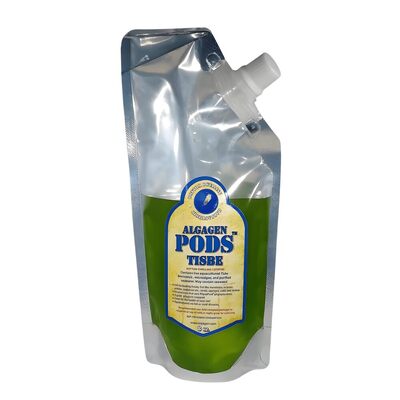Lighting isn’t just about making your aquarium look pretty—it’s one of the most critical factors for keeping your aquatic ecosystem alive and thriving. Whether you keep plants, corals, or just fish, the right lighting setup influences growth, behavior, and overall tank health. Let’s dive into why lighting matters and how you can get it just right for your aquarium.
Why Lighting Matters in Aquariums
Aquarium lighting provides the energy plants and photosynthetic corals need to grow. It supports the natural day-night cycle, guides fish behaviors, and even impacts water chemistry. Bad lighting can stunt plant growth, cause algae blooms, and stress fish.
Types of Aquarium Lighting
- Fluorescent Lighting: Common and affordable, good for low to medium-light plants and small tanks.
- LED Lighting: Energy-efficient and versatile, LEDs offer customizable spectrum options perfect for planted and reef tanks.
- Metal Halide: Powerful and intense, best for large reef aquariums with demanding corals.
- Compact Fluorescent (CFL): Moderate lighting, suitable for mid-range planted tanks.
Choosing the Right Light Spectrum
Plants and corals respond best to specific light spectrums. Blue and red wavelengths drive photosynthesis most efficiently, while full-spectrum lights mimic natural sunlight and enhance tank aesthetics.
Light Duration and Intensity
- Most aquariums thrive with 8–12 hours of light daily.
- Too much light can cause algae problems; too little hampers growth.
- Use timers to maintain consistent photoperiods, reducing stress for fish and plants.
Effects of Lighting on Fish Behavior
Fish rely on light cues for feeding, breeding, and hiding. Gradual transitions between light and dark help reduce stress, mimic natural environments, and encourage natural behaviors.
Maintaining Your Aquarium Lighting
- Clean your lighting fixtures regularly to keep output consistent.
- Replace bulbs or LEDs as recommended by the manufacturer.
- Adjust lighting as your tank grows and changes to meet evolving needs.
Quick Reference Table: Aquarium Lighting Basics
| Lighting Type | Best For | Cons |
|---|---|---|
| Fluorescent | Low to medium plants, small tanks | Less efficient, shorter lifespan |
| LED | Planted and reef tanks, energy-saving | Higher initial cost |
| Metal Halide | High-light corals, deep tanks | Generates heat, high power use |
| CFL | Medium-light plants | Moderate efficiency |
FAQs: Aquarium Lighting
Q: How many hours should my aquarium lights be on?
A: Most tanks do well with 8–12 hours daily. Use timers to keep schedules consistent.
Q: Can I use regular household bulbs?
A: No, standard bulbs don’t provide the proper spectrum or intensity for aquatic life.
Q: Does lighting affect algae growth?
A: Yes, excessive or inappropriate lighting can encourage algae blooms.
Pro Tips for Lighting Success
- Use dimmable or programmable LED lights to simulate sunrise and sunset.
- Combine different light colors to mimic natural underwater environments.
- Adjust lighting based on plant and coral health rather than fixed schedules.
- Complement lighting with live microalgae products like PhycoPure™ Green Water to enhance plant growth and tank balance.
“The right lighting transforms a tank from a glass box to a vibrant underwater world full of life and color.”
Further Reading & Product Spotlight
For more on aquarium lighting and ecosystem care, read Copepods and Amphipods: A Complete Care Guide. Support your tank’s health with PhycoPure™ Green Water for better growth and balance.
Conclusion
Lighting impacts every corner of your aquarium’s ecosystem. By choosing the right light type, spectrum, and duration, you’ll promote healthy growth, natural behavior, and stunning beauty in your tank.





Recent post